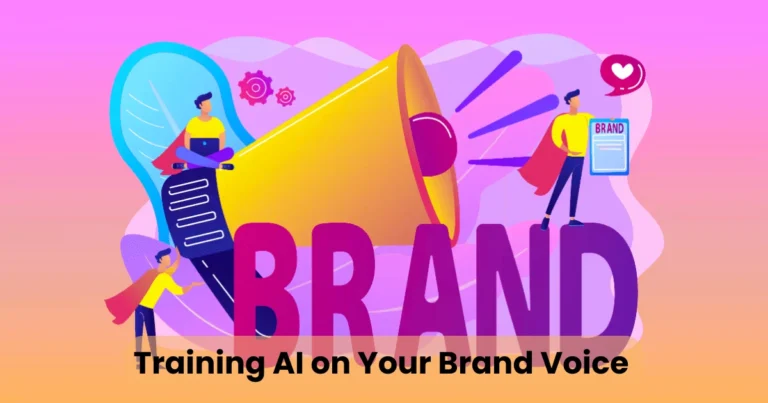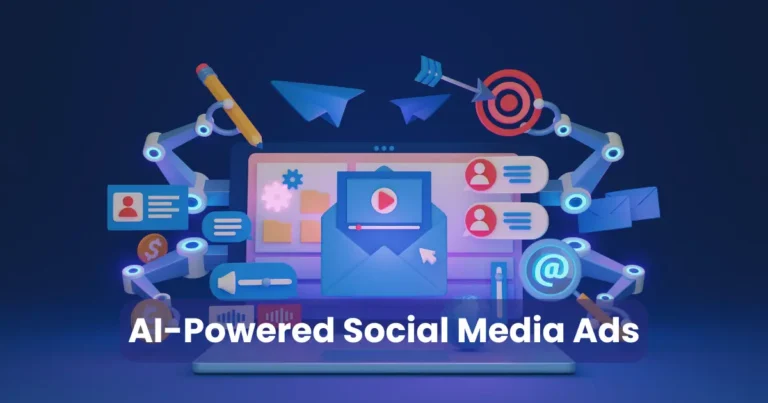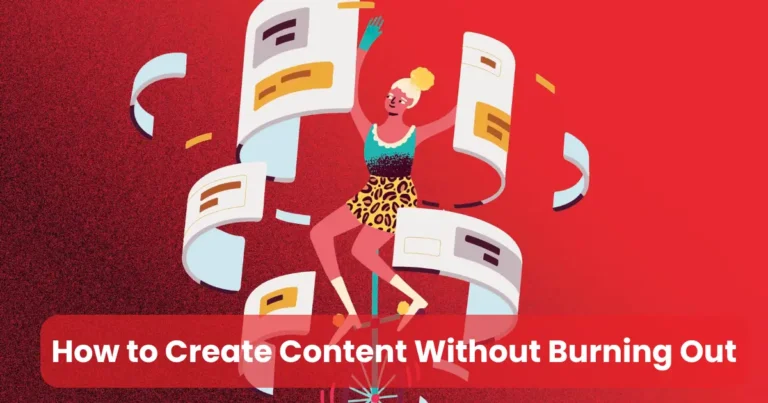Top AI Tools for Ad Agencies to Boost Campaigns in 2025

Contents
- 1 Why AI Tools Are Essential for Ad Agencies
- 2 Top AI Tools for Ad Agencies in 2025
- 3 How AI Tools Transform Agency Workflows
- 4 Challenges of Implementing AI Tools
- 5 Best Practices for Using AI Tools in Ad Agencies
- 6 The Future of AI in Advertising
- 7 Conclusion
In 2025, AI tools for ad agencies have become indispensable for staying competitive in the fast-paced advertising world. These innovative solutions empower agencies to streamline workflows, enhance creativity, and deliver data-driven campaigns that resonate with audiences. As consumer behaviors evolve and digital platforms grow, agencies must leverage AI to maximize efficiency and impact. This article explores the top AI tools transforming advertising, their applications, and how they help agencies thrive in a dynamic market. From content creation to campaign optimization, we’ll dive into how these tools save time, boost performance, and drive results.
Why AI Tools Are Essential for Ad Agencies
The advertising landscape is more complex than ever. With multiple platforms, fragmented audiences, and tight deadlines, agencies face immense pressure to deliver. Consequently, AI tools for ad agencies have emerged as game-changers. Here’s why they’re critical:
- Efficiency: AI automates repetitive tasks like data analysis, content generation, and audience segmentation, saving hours of manual work.
- Precision: Advanced algorithms analyze vast datasets to identify trends, optimize ad spend, and target the right audiences.
- Creativity: AI enhances creative processes by generating ideas, visuals, and copy that align with brand goals.
- Scalability: Agencies can handle larger campaigns without proportionally increasing resources.
In short, AI tools enable agencies to work smarter, not harder, ensuring they stay ahead of the curve.
Top AI Tools for Ad Agencies in 2025
Below, we explore the best AI tools for ad agencies, categorized by their primary functions. Each tool is designed to address specific pain points, from content creation to performance tracking.

1. Content Creation and Copywriting Tools
Jasper AI
Jasper AI is a leading tool for generating high-quality ad copy, blog posts, and social media content. Its natural language processing (NLP) capabilities allow agencies to create engaging, brand-aligned content in minutes. For instance, Jasper can produce multiple ad variations for A/B testing, saving time and ensuring consistency. Additionally, its templates cater to various formats, including Google Ads, email campaigns, and landing pages.
- Key Features: Tone customization, multi-language support, and SEO optimization.
- Use Case: Crafting compelling ad copy for a client’s e-commerce campaign.
- Why It’s Great: Reduces content creation time by up to 70%.
Copy.ai
Copy.ai is another powerful AI tool for ad agencies, specializing in short-form content like headlines, taglines, and social media posts. Its user-friendly interface makes it ideal for brainstorming creative ideas. Moreover, Copy.ai integrates with platforms like HubSpot, streamlining content workflows.
- Key Features: Idea generation, A/B testing suggestions, and integration with marketing tools.
- Use Case: Generating catchy social media captions for a product launch.
- Why It’s Great: Offers real-time collaboration for agency teams.
2. Visual Content and Design Tools

Canva Pro with AI Enhancements
While known for its design capabilities, Canva’s AI-powered features, like Magic Studio, make it a must-have for ad agencies. Magic Studio can generate visuals, remove backgrounds, and suggest design layouts based on brand guidelines. As a result, agencies can produce professional-grade banners, social media graphics, and video ads quickly.
- Key Features: AI-driven design suggestions, template library, and video editing.
- Use Case: Creating visually cohesive ad assets for a multi-channel campaign.
- Why It’s Great: Simplifies design for non-designers, saving time and costs.
Runway ML
Runway ML takes visual content creation to the next level with AI-driven video editing and image generation. Agencies can use it to create custom videos, animate static images, or generate unique visuals from text prompts. For example, Runway’s text-to-video feature allows agencies to produce engaging video ads without expensive production.
- Key Features: Text-to-video, image upscaling, and real-time editing.
- Use Case: Producing a short promotional video for a client’s social media.
- Why It’s Great: Reduces video production costs by up to 50%.
3. Campaign Optimization and Analytics Tools
Smartly.io
Smartly.io is an AI-powered platform for optimizing ad campaigns across social media channels like Facebook, Instagram, and TikTok. It uses machine learning to analyze performance data, optimize budgets, and suggest creative adjustments. Therefore, agencies can maximize ROI without constant manual tweaks.
- Key Features: Automated budget allocation, A/B testing, and performance dashboards.
- Use Case: Optimizing ad spend for a client’s Black Friday campaign.
- Why It’s Great: Increases campaign efficiency by automating repetitive tasks.
AdCreative.ai
AdCreative.ai generates high-converting ad creatives by analyzing audience data and campaign goals. It produces banners, videos, and text ads tailored to specific platforms. Additionally, it provides performance predictions, helping agencies choose the best creatives before launching campaigns.
- Key Features: Predictive analytics, multi-platform ad creation, and A/B testing.
- Use Case: Designing targeted display ads for a retail client.
- Why It’s Great: Boosts click-through rates by up to 30%.
4. Audience Targeting and Insights Tools

HubSpot AI
HubSpot’s AI-powered marketing suite helps agencies segment audiences, personalize campaigns, and predict customer behavior. Its predictive lead scoring identifies high-value prospects, enabling agencies to focus on conversions. Furthermore, HubSpot’s AI tools for ad agencies integrate seamlessly with CRM systems, ensuring data-driven decisions.
- Key Features: Lead scoring, audience segmentation, and campaign automation.
- Use Case: Personalizing email campaigns for a B2B client.
- Why It’s Great: Enhances targeting precision, improving conversion rates.
Brandwatch
Brandwatch uses AI to monitor social media trends, track brand sentiment, and identify audience preferences. Agencies can leverage these insights to tailor campaigns and stay ahead of competitors. For instance, Brandwatch’s AI can detect emerging trends, helping agencies pivot strategies in real time.
- Key Features: Sentiment analysis, trend tracking, and competitor analysis.
- Use Case: Analyzing audience reactions to a new product launch.
- Why It’s Great: Provides actionable insights for data-driven campaigns.
5. Workflow Automation Tools
Zapier with AI Integrations
Zapier automates repetitive tasks by connecting marketing tools like Slack, Google Sheets, and CRMs. Its AI enhancements suggest automation workflows based on agency needs. Consequently, agencies can streamline processes like campaign reporting or client approvals.
- Key Features: Cross-platform integrations, AI-suggested workflows, and task automation.
- Use Case: Automating campaign performance reports for clients.
- Why It’s Great: Saves hours on manual administrative tasks.
Monday.com AI
Monday.com’s AI features help agencies manage projects, track campaign progress, and collaborate with clients. Its AI-driven insights recommend task prioritization and resource allocation, ensuring projects stay on track. As a result, agencies can handle multiple campaigns without chaos.
- Key Features: AI task suggestions, project tracking, and team collaboration.
- Use Case: Managing a multi-channel campaign for a global brand.
- Why It’s Great: Improves project efficiency and client satisfaction.
How AI Tools Transform Agency Workflows
AI tools for ad agencies don’t just improve individual tasks—they revolutionize entire workflows. Here’s how:
- Streamlined Content Production: AI generates copy, visuals, and videos faster than traditional methods, allowing agencies to meet tight deadlines.
- Data-Driven Decisions: Tools like Smartly.io and HubSpot analyze performance metrics, enabling agencies to optimize campaigns in real time.
- Enhanced Collaboration: Platforms like Monday.com and Zapier ensure seamless communication between teams and clients.
- Cost Efficiency: By automating repetitive tasks and reducing production costs, AI tools help agencies maximize budgets.
For example, an agency using Jasper AI and Canva can produce a full campaign’s worth of content in hours, not days. Similarly, Smartly.io’s automation can cut ad optimization time by half, freeing up resources for creative strategy.
Challenges of Implementing AI Tools
While AI tools for ad agencies offer immense benefits, they come with challenges:
- Learning Curve: Some tools require training to maximize their potential, which can strain busy agency schedules.
- Cost: Premium AI tools can be expensive, especially for smaller agencies.
- Data Privacy: Agencies must ensure AI tools comply with regulations like GDPR when handling client data.
- Over-Reliance: Excessive dependence on AI may reduce human creativity or oversight.
To overcome these, agencies should invest in training, choose cost-effective tools, and maintain a balance between AI and human input.
Best Practices for Using AI Tools in Ad Agencies
To maximize the benefits of AI tools for ad agencies, follow these best practices:

- Start Small: Test one or two tools before fully integrating them into workflows.
- Train Your Team: Provide training to ensure staff can use tools effectively.
- Combine Tools: Use complementary tools (e.g., Jasper for copy and Canva for visuals) for a cohesive workflow.
- Monitor Performance: Regularly assess AI tool performance to ensure they meet campaign goals.
- Stay Updated: Keep up with AI advancements to adopt new features and tools.
By following these practices, agencies can seamlessly integrate AI into their operations.
The Future of AI in Advertising
The future of AI tools for ad agencies is bright. Emerging trends include:

- Hyper-Personalization: AI will enable even more precise audience targeting, creating tailored ads for individual users.
- Voice and AR Ads: Tools like Runway ML will support immersive ad formats like augmented reality and voice-activated campaigns.
- Predictive Analytics: Platforms like AdCreative.ai will improve forecasting, helping agencies anticipate campaign outcomes.
- Ethical AI: Agencies will prioritize transparent, privacy-compliant AI tools to build consumer trust.
As these trends evolve, agencies that adopt AI early will gain a competitive edge.
Conclusion
AI tools for ad agencies are transforming the advertising industry in 2025. From streamlining content creation to optimizing campaigns and automating workflows, these tools empower agencies to deliver exceptional results. By leveraging tools like Jasper AI, Canva, Smartly.io, and HubSpot, agencies can save time, reduce costs, and enhance creativity. However, success requires strategic implementation, team training, and a balance between AI and human expertise. As AI continues to evolve, agencies that embrace these tools will lead the way in creating impactful, data-driven campaigns. Start exploring AI tools today to revolutionize your agency’s performance and stay ahead in the competitive advertising landscape.






